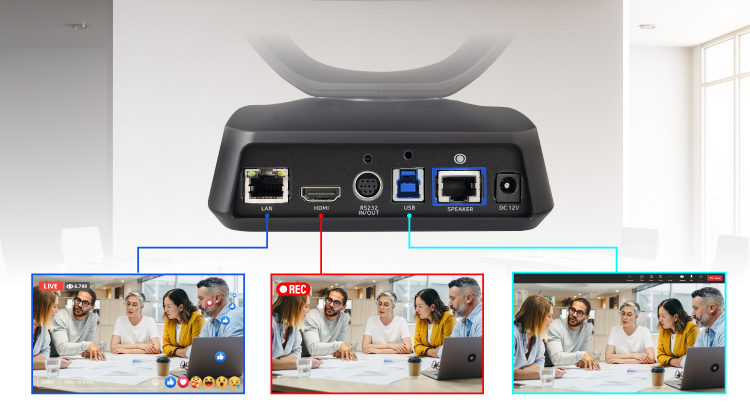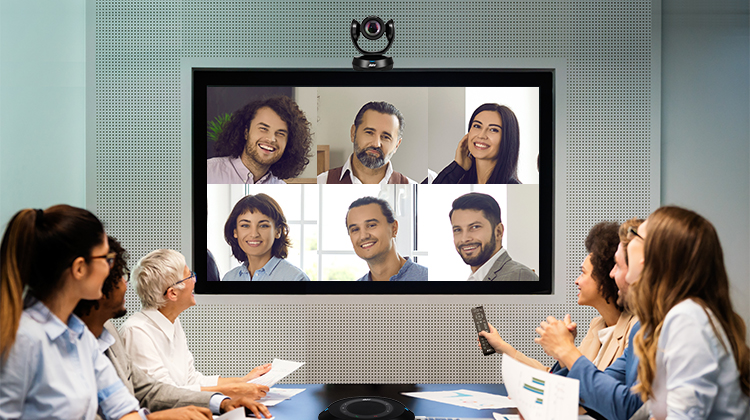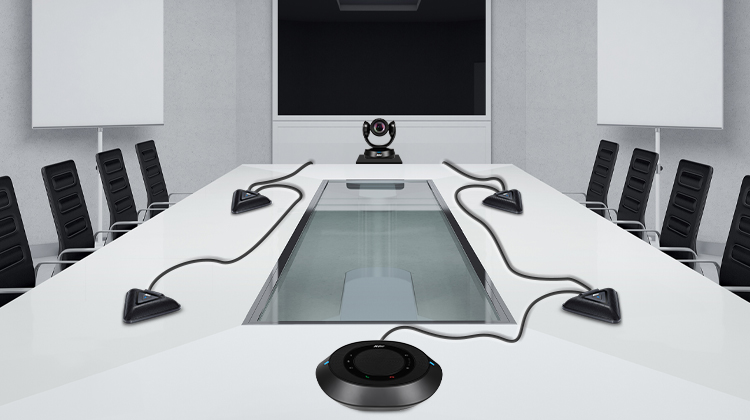In this exclusive interview, we sit down with the team behind AVer's groundbreaking VC520 Pro3. Having worked tirelessly to bring out this revolutionary product, the team provides insights into the inspiration driving the development of this innovative video conferencing solution.
As the demand for flexible and efficient meeting room solutions continues to soar in our evolving work landscape, the team sheds light on how the VC520 Pro3 has been meticulously designed to meet the changing needs of users, offering enhanced audiovisual experiences, AI-driven functionalities, and a modular design that sets it apart in the competitive market.
Without further ado, let’s delve into the mind of the PM steering the ship in the creation of the VC520 Pro3 and explore the future trends shaping the video conferencing industry.
Q1: What was the primary source of inspiration that drove the development of the VC520 Pro3, and how does it reflect the evolving needs of users?
A: The surge in demand for mid-to-large meeting rooms post-COVID and the rise of hybrid working inspired the development of the VC520 Pro3. In the evolving landscape, meeting equity is just as crucial as quality. The VC520 Pro3 addresses this by enhancing sound quality and providing more output options, aligning with the changing needs of users.
The VC520 Pro3 promises an upgraded audiovisual experience, introducing a new AI function called Smart Composition. Smart Composition is a technology that utilizes advanced AI algorithms to automatically crop each participant’s face or body to frame each person on-screen. Additionally, an extra HDMI connection and premium FHD imaging with a 4K sensor ensure a detailed and immersive experience, meeting users' expectations for a high-quality video conferencing setup.

Q2: The inclusion of HDMI in the VC520 Pro3 is a notable addition. Could you elaborate on how this enriches the user experience and share what prompted the decision to incorporate HDMI?
A: HDMI enables a 3-way output VC system, supporting simultaneous connection of HDMI, USB, and IP streaming broadcasting. This not only delivers video but also audio, providing a truly immersive experience. The decision was driven by the desire to offer users versatile connectivity options and enhance the overall audiovisual experience.

Q3: A flagship feature of the VC520 Pro3 is its AI functionality. How has it been upgraded? Could you delve into the advantages and what this upgrade means for users?
A: The VC520 Pro3 simplifies video conferencing preparation with embedded Smart Composition features. The upgraded Advanced WDR algorithm ensures clear visuals even in well-lit rooms. This upgrade allows for more efficient and spontaneous meetings, enhancing the experience for both in-room and remote participants.
We see AI as having the potential for true improvement of our products, and the industry overall. The AI implementation in VC520 Pro3 is not a trend-driven decision but a part of our corporate DNA, reflecting a commitment to innovation and advancement, that we have followed for quite some time. The integration of AI is a conscious effort to enhance product quality and user experience.

Q4: As with any innovative product, there are often challenges in design and development. Were there specific hurdles encountered during the creation of the VC520 Pro3, and how were these challenges successfully addressed?
A: Designing the VC520 Pro3 as a true 3-way output VC system presented audio challenges. The unique benefit of AVer VC series, daisy-chain speakerphones, required overcoming synchronization issues across different interfaces. Our team, through a painstaking period of trial-and-error, successfully conquered these challenges - ensuring a seamless audio experience during meetings.
Q5: As we look ahead to 2023 and 2024, what are the expected requirements of medium and large conference rooms for video conferencing systems, and how do they align with market trends?
A: My expectations revolve around more intelligent and immersive meeting experiences. As hybrid working becomes standard, the challenge is to bridge teams seamlessly. AVer aims to provide enhanced solutions that align with these needs, focusing on user requirements for collaborative and efficient video conferencing.
Video conferencing is evolving beyond hardware components, with software playing a crucial role. Organizations should focus on leveraging AI services provided by the ecosystem for work automation, contributing to long-term growth.